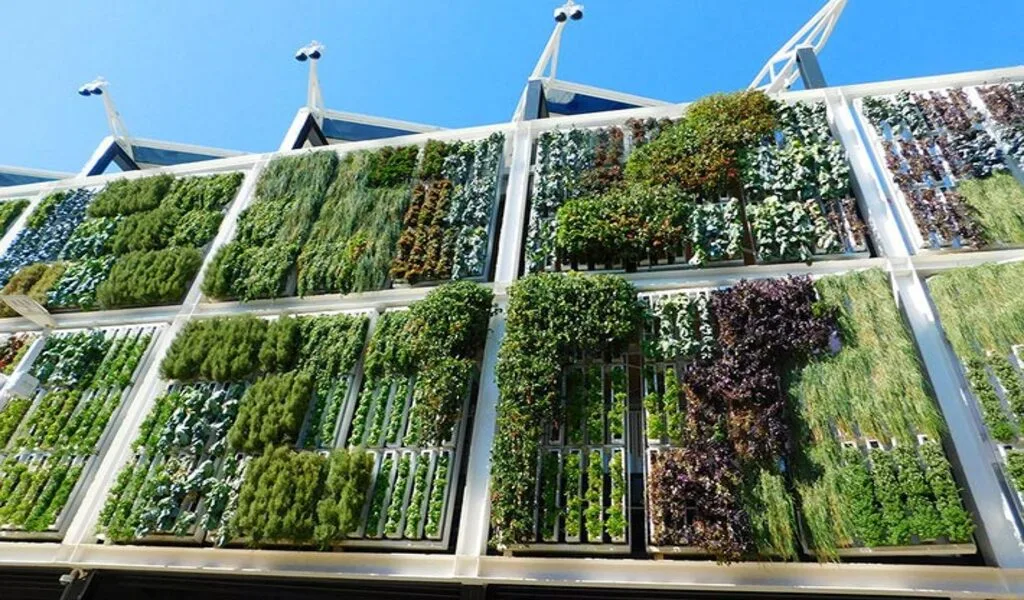Learning
Harvvesting Spaces: Architectural Innovations In Agriculture

In recent years, the intersection of architecture and agriculture has given rise to a new wave of innovative solutions aimed at addressing the pressing challenges of food production, urbanization, and environmental sustainability.
This emerging field, often referred to as ” agritecture,” explores how architectural principles can be harnessed to optimize space, resources, and technology in agricultural practices.
One notable innovation is the development of vertical farming structures. With the world’s population steadily growing and available arable land dwindling, vertical farms offer a transformative approach.
These towering structures, often integrated into urban landscapes, utilize advanced hydroponic and aeroponic systems to cultivate crops without soil. LED lighting systems mimic natural sunlight, promoting photosynthesis and accelerating plant growth.
By growing crops vertically, these farms can produce higher yields in a smaller footprint, reducing transportation distances and the carbon footprint associated with traditional agriculture.
Additionally, greenhouses have undergone a remarkable evolution. Modern greenhouse designs incorporate smart technologies that regulate temperature, humidity, and lighting, creating optimal conditions for plant growth.
Some are even equipped with solar panels to generate renewable energy. Advanced ventilation systems ensure proper air circulation, minimizing the risk of pests and diseases. This controlled environment allows for year-round cultivation of crops, shielding them from harsh weather and enabling consistent production cycles.
Agricultural Buildings rooftops represent another frontier in agritecture. Urban spaces that were once underutilized are now transformed into productive gardens. Rooftop farms mitigate the urban heat island effect, improve air quality, and provide fresh, locally grown produce to nearby communities.
These spaces also serve as educational hubs, raising awareness about sustainable food systems and fostering a connection between urban dwellers and the source of their food.
The integration of technology is a hallmark of modern agritecture. The Internet of Things (IoT) has enabled “smart farms,” where sensors gather data on soil moisture, nutrient levels, and plant health.
This data is analysed to make informed decisions, optimizing irrigation and resource allocation. Drones are employed to monitor vast fields efficiently, pinpointing areas that require attention. Machine learning algorithms aid in disease detection, crop prediction, and yield optimization, resulting in higher efficiency and reduced resource wastage.
In the realm of reimagined spaces, abandoned warehouses and shipping containers have found new life as agricultural hubs. These repurposed spaces house vertical farms and hydroponic systems, tapping into existing infrastructure and minimizing the need for new construction. This approach not only optimizes land use but also provides economic opportunities in disinvested urban areas.
Conclusion – The convergence of architecture and agriculture has birthed a series of revolutionary innovations that hold great promise for a more sustainable and food-secure future. Vertical farms, advanced greenhouses, rooftop gardens, and repurposed spaces are transforming the way we grow and consume food. Technology, particularly IoT and data analytics, is propelling these innovations forward, enabling precise and efficient agricultural practices. As the global population continues to grow and urbanize, these agritectural solutions offer a blueprint for harmonizing human habitation with the natural world, ensuring that the harvest of innovation meets the needs of a changing planet.
SEE ALSO: Exploring Code Culture and Web Development in Thailand




























